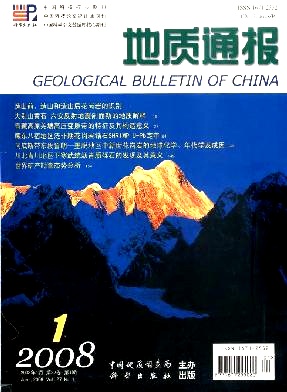LI Cai1, XIE Yao-wu2, SHA Shao-li3, DONG Yong-sheng1. SHRIMP U-Pb zircon dating of the Pan-African granite in Baxoi County, eastern Tibet, China[J]. Geological Bulletin of China, 2008, 27(1): 64-68.
| Citation: |
LI Cai1, XIE Yao-wu2, SHA Shao-li3, DONG Yong-sheng1. SHRIMP U-Pb zircon dating of the Pan-African granite in Baxoi County, eastern Tibet, China[J]. Geological Bulletin of China, 2008, 27(1): 64-68.
|
SHRIMP U-Pb zircon dating of the Pan-African granite in Baxoi County, eastern Tibet, China
-
1. College of Earth Sciences, Jilin University, Changchun 130061, Jilin, China;2. Regional Geological Survey Party,Tibet Bureau of Geology and Mineral Exploration and Development,Doilungdêqên 851400, Tibet, China;3. No.3 Geological Party, Yunnan Bureau of Geology and Mineral Exploration and Development, Dali 671000, Yunnan, China
-
Abstract
The Kaqiong fine-grained biotite-alkali feldspar granite exposed in the Tonggar area, Baxoi County, eastern Tibet, is Pan-African granite that was for the first time found in eastern Tibet. The Kaqiong Group-complex is composed of granite, granite gneiss, biotite plagiogneiss, marble, biotite-plagioclase fine-grained gneiss and retrograded eclogite. It is the main part of the Kaqiong microblock that occurs as a sheet sandwiched between the Bangong Co-Nujiang suture zone. The Kaqiong fine-grained biotite-alkali feldspar granite, which has a SHRIMP U-Pb zircon age of 507±10 Ma, is the record of magmatic activity during Pan-African orogeny and further verifies that the area south of the Bangong Co-Nujiang suture is the Pan-African basement. This study provides new information for the tectonic evolution of the southern Qinghai-Tibet plateau.
-

-
-
Access History







 DownLoad:
DownLoad: